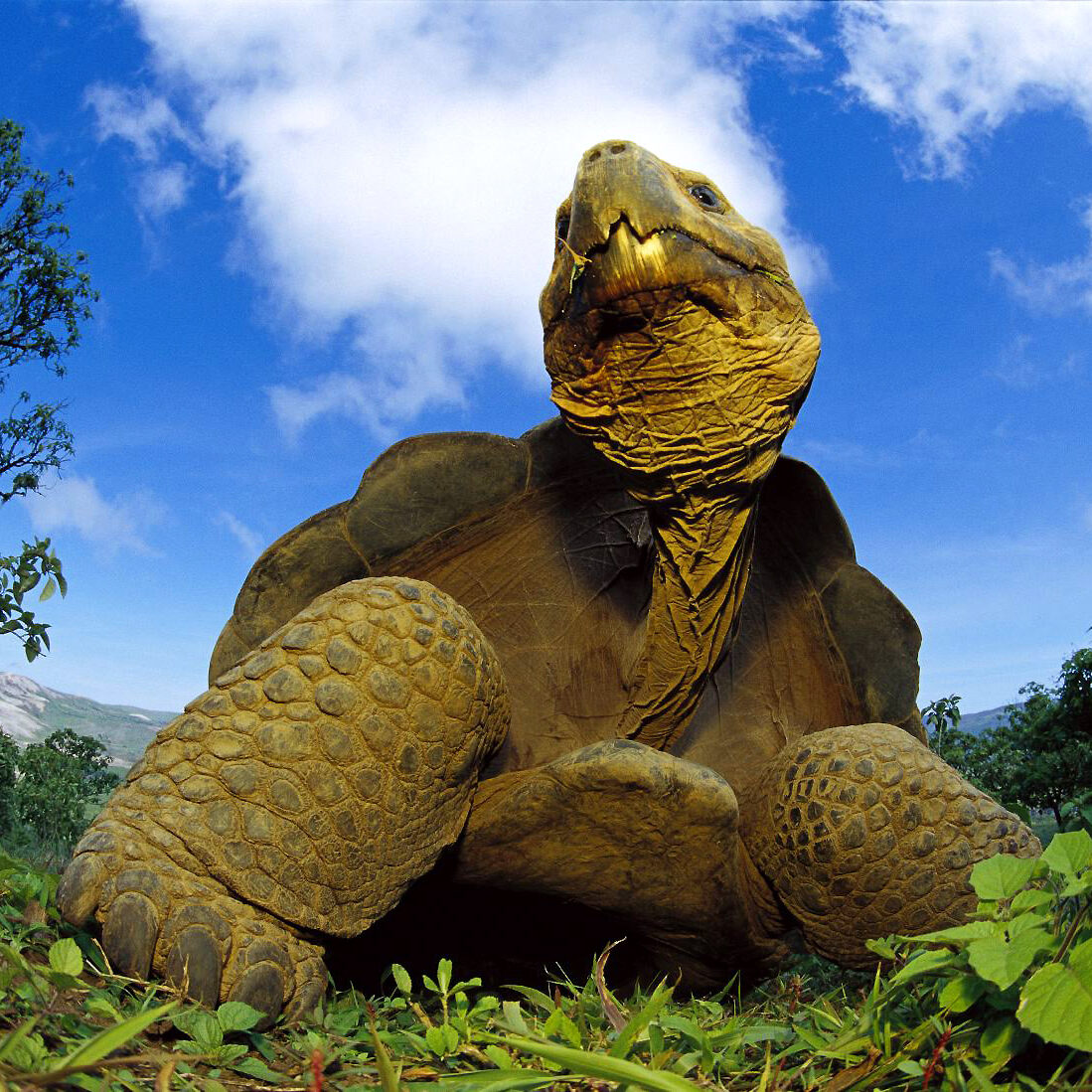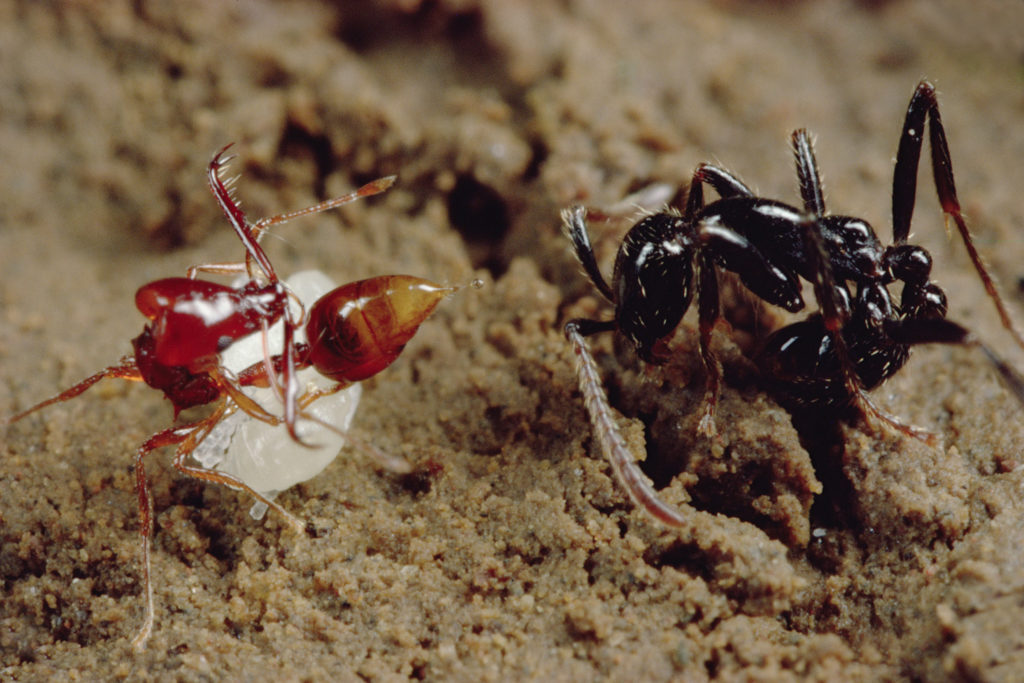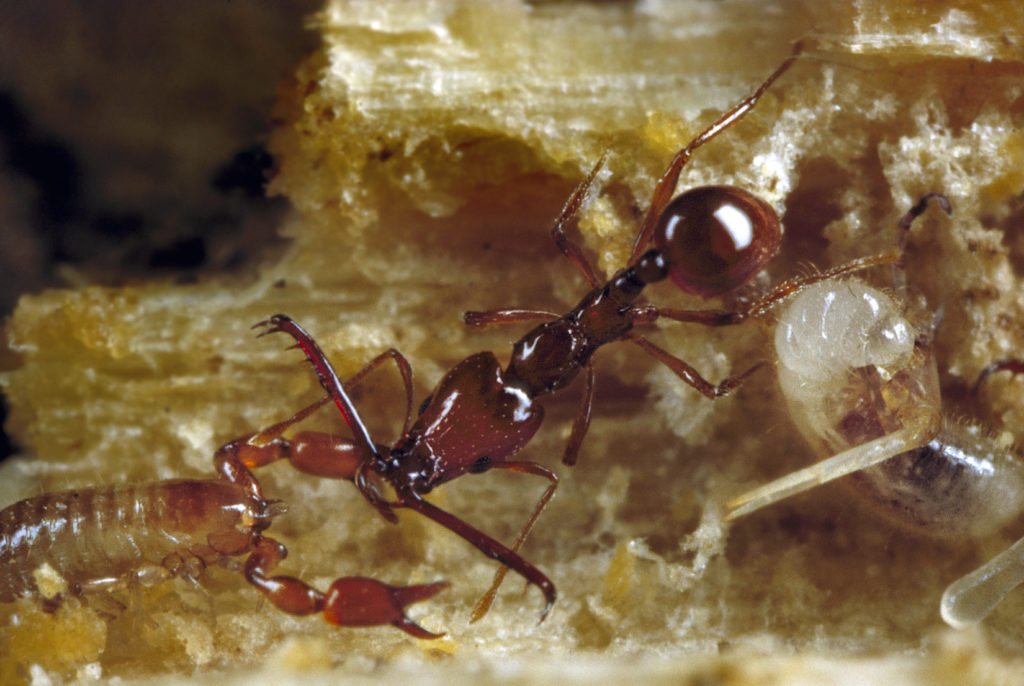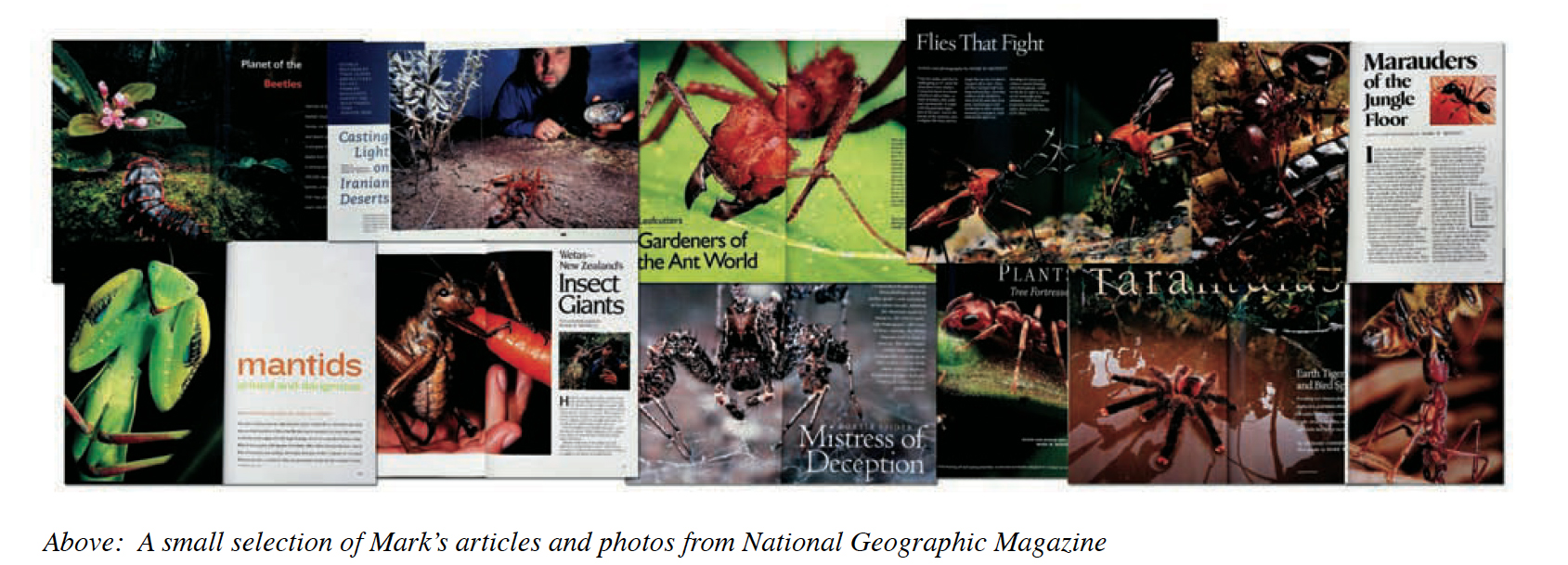I came to photography by accident. In graduate school, I decided to do research on the ants of tropical Asia. I wanted to stay in Asia for as long as possible—a dozen countries in 29 months on that first trip, as it turned out. Anticipating I’d make extraordinary discoveries, I decided my doctoral committee might wonder if I had been smoking exotic substances with a guru unless I returned with solid documentation...
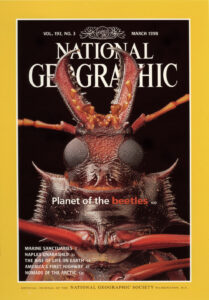
Gorgeous photographs, complex stories
...so I learned how to take pictures using a Kodak book on supermodels. I applied the idea of "fill light" and "hair light" to macrophotography—the photography of the very small. What can I say? It worked. With under $230 in camera gear, including flashes so cheap they often gave me electric shocks, my dissertation subject lead to my first published photographs in an article for the National Geographic magazine.
"The ant photographs of Mark Moffett, a Harvard-trained ecologist, are often compared to art."—Alex Chadwick, NPR
“Mark’s goal is not just to make gorgeous photographs of his tiny subjects but to tell the complex, mysterious stories behind the multiple bug eyes and waving antennae.”—PhotoMedia Magazine
While I stopped doing National Geographic articles ten years ago to focus on research, the aesthetics of image making continues to inform my work.
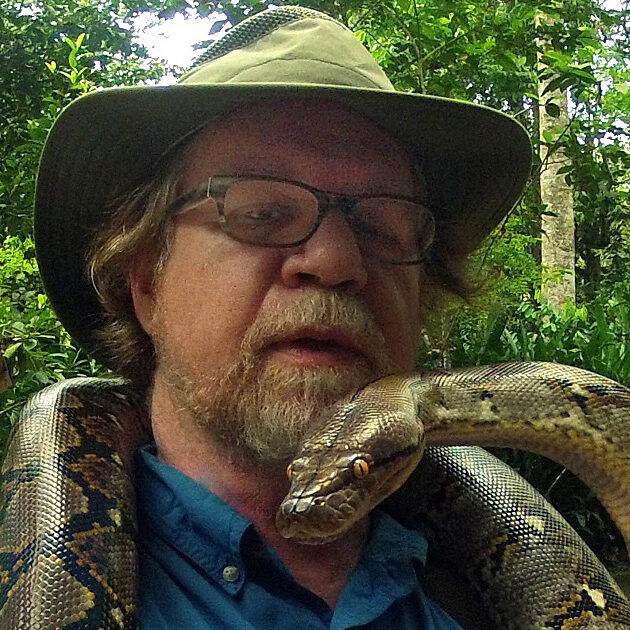
Award winning
Five of my images made the grade for the “100 Best Wildlife Pictures" special edition of National Geographic. My work has travelled the world as part of several Pictures of the Year Awards. For example, I received both the Best Picture and Best Story awards for images of Brazil’s Atlantic Forest, a feat meriting a news item in National Geographic Magazine. I have been taking a break from photography these last few years to focus on writing, but am still a member of a consortium of National Geographic contributing photographers, The Photo Society.
I reveal many details about my camera work in a 2020 interview for the professional photography magazine Eye of Photography.
Stock
My images are available from Minden Pictures.
Philosophy
Nature photography has been trapped in a decades-old obsession with technique over content. A preoccupation with calendar-style perfection continue to be supported by uninspired editors, even though viewers recognize and appreciate images that dig into a subject’s life with an investigative sense of journalistic discovery. My thoughts about nature imagery were presented in Magnificent Moments: the World’s Great Wildlife Photographs (G.H. Harrison, editor).
Here I give two examples of images that capture pivotal moments in the life of their subjects, taken from a National Geographic Magazine article about a minute red Costa Rican ant with jaws built a like bear trap.
In the first, a colony is attempting to escape attack by black army ants. Here a worker has dropped beneath her the white larva that she was carrying to safety, and flings her abdomen under her body to whip a droplet from her stinger (visible in the image) across the face of one army ant, which has lurched backward to try to clean off the poison. In the ensuing moment of confusion she was able to escape with her larva unharmed.
The second image is part of a series in which an ant guarding the colony entrance confronts a "pseudoscorpion" intruder, at left, trying to enter the nest (which is in a tiny hollow twig in the Costa Rican leaf litter). Behind the worker is a larva snacking on a springtail--one of the minute leaping insects that this "trap-jaw" species is specialized to catch with the aid of its bear-trap mandibles.
